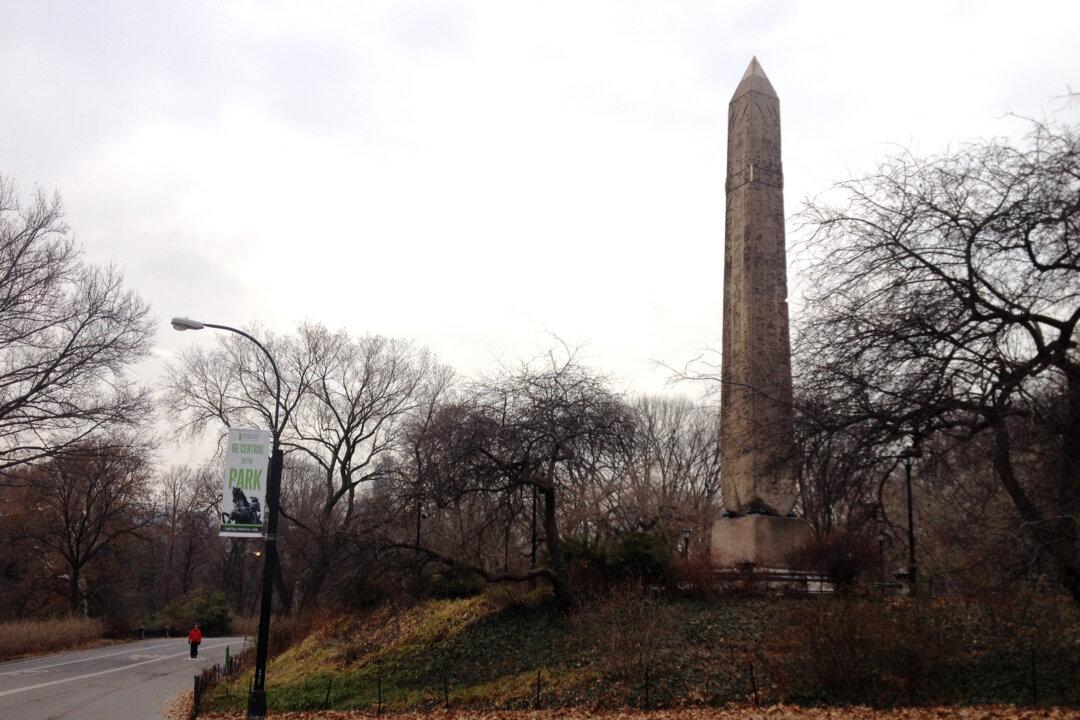“Well, Mr. Farman, you would like an obelisk.”
Elbert Eli Farman had been the consul general to Egypt for three years, and, as was often the case, he found himself in the presence of Ismail Pasha, the khedive of Egypt. Pasha made this sudden statement to Farman during a dinner party. It was 1879, and the khedive had long wished to strengthen relations with the United States. Interestingly, the khedive made this offer at a time when his power was slipping. The British and the French were pressuring the Ottoman ruler to force Pasha from his position, and the khedive had not exactly curried favor among his own people, especially the growing group of Egyptian nationalists.






